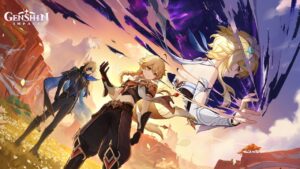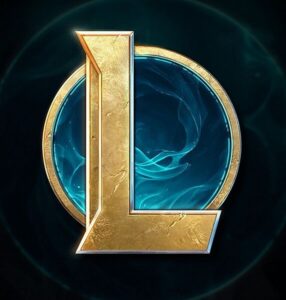Fields of Mistria: A Stardew-Inspired Gem That Cultivates Its Own Identity
Popular Now
 Sonic the Hedgehog™ Classic
Sonic the Hedgehog™ Classic
 Toca Boca World
Toca Boca World
 League of Legends
League of Legends
 CarX Street
CarX Street
 Brawl Stars
Brawl Stars
 Black Myth: Wukong
Black Myth: Wukong
 PUBG Mobile
PUBG Mobile
 Stumble Guys
Stumble Guys
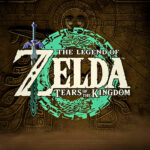 The Legend of Zelda
The Legend of Zelda
 Minecraft
Minecraft
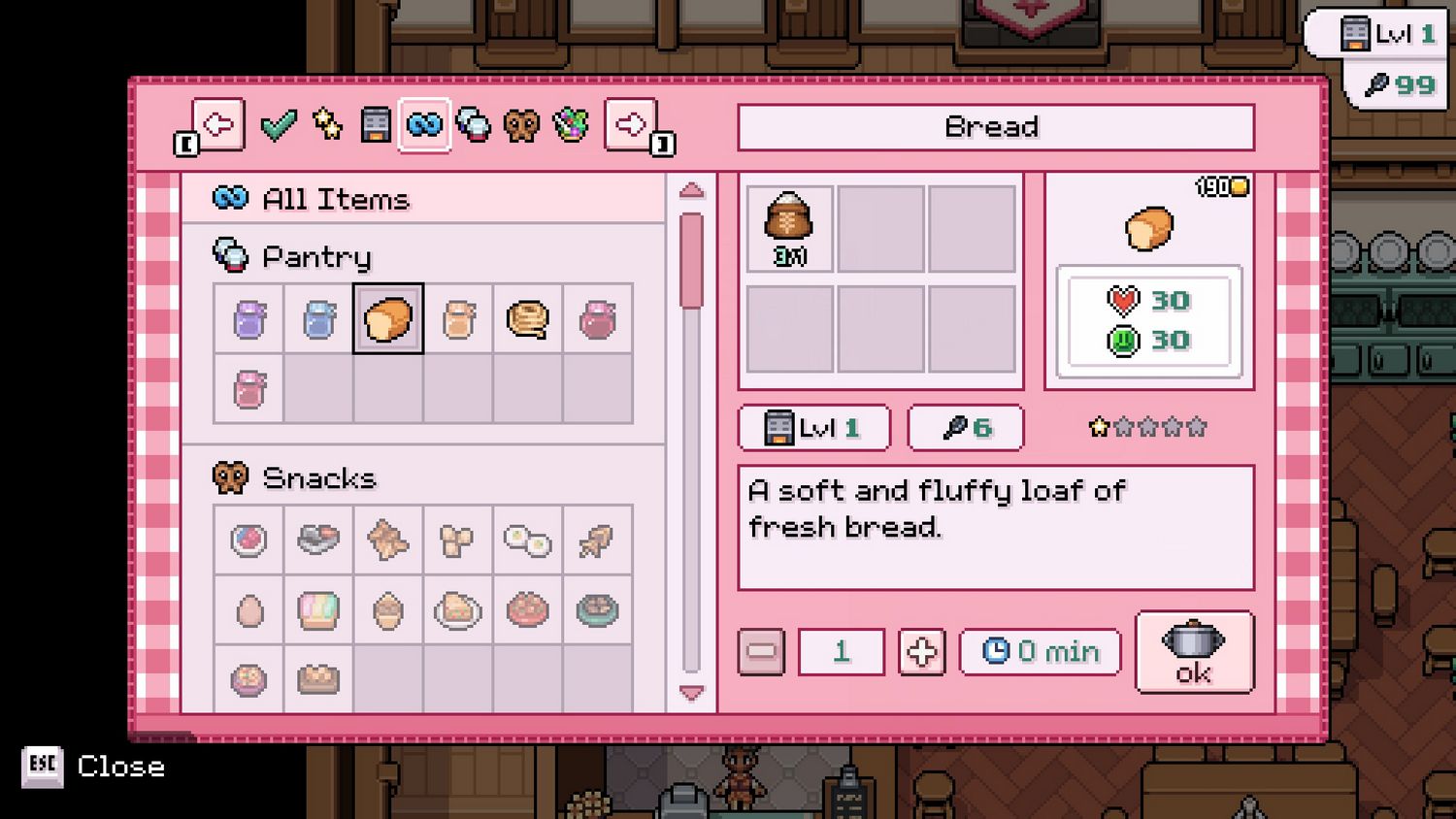 The rise of the “cozy game” genre, heavily popularized by titles like Stardew Valley and Animal Crossing, has led to a flood of farming and life simulation games. However, amid the many imitators, a standout title has emerged: Fields of Mistria. This game, developed by an independent studio, successfully borrows the comforting core mechanics of its predecessors while introducing ambitious features and a distinct art style that firmly establish its own identity in the crowded field.
The rise of the “cozy game” genre, heavily popularized by titles like Stardew Valley and Animal Crossing, has led to a flood of farming and life simulation games. However, amid the many imitators, a standout title has emerged: Fields of Mistria. This game, developed by an independent studio, successfully borrows the comforting core mechanics of its predecessors while introducing ambitious features and a distinct art style that firmly establish its own identity in the crowded field.
While the initial premise is familiar—you inherit a dilapidated farm and are tasked with rebuilding your life in a new, charming town—Fields of Mistria immediately differentiates itself through its atmosphere and world-building. The game’s setting, the magical town of Mistria, is rich with lore and populated by a diverse cast of characters, many of whom possess unique magical abilities. The art style is a vibrant, high-fidelity pixel art that maintains a nostalgic feel while offering superior graphical detail and fluid animations compared to its spiritual inspirations. It’s a world that feels both comforting and genuinely new.
Beyond the Farm: Innovations in Gameplay and Story
Fields of Mistria doesn’t just rest on its farming laurels; it expands the genre with compelling new mechanics that add significant depth to the gameplay loop:
1. The Magic System and Rune Crafting
The most striking departure from the traditional farming sim is the integrated magic system. Players can discover and learn various elemental spells, which are not just for combat but are also crucial for daily farming life. For instance, a water spell can be used to mass-water crops, and a wind spell can quickly clear debris. Furthermore, a deep Rune Crafting system allows players to imbue tools and equipment with magical properties, customizing their farming and mining efficiency in unique ways. This magical layer seamlessly integrates into the daily grind, making routine tasks feel fresh and rewarding.
2. Dynamic Relationship and Event System
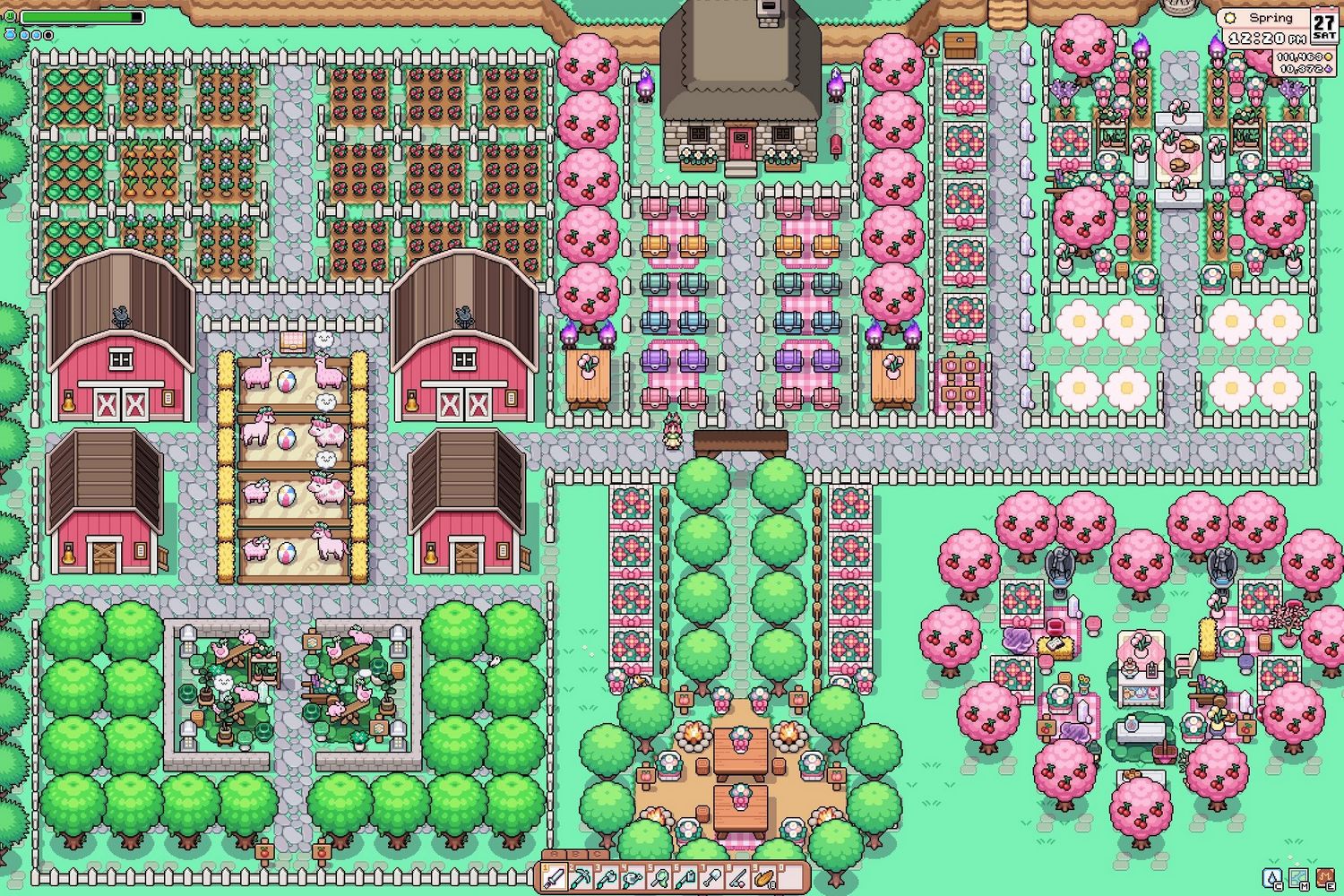 The game excels in its social dimension. The town of Mistria features over 30 unique villagers, many of whom are available as romance options. The relationship system goes beyond simple gift-giving; it features an extensive calendar of dynamic events that change based on your choices, the season, and your relationships with specific NPCs. The game offers complex social quests that involve mediating disputes or helping villagers solve magical mysteries. This focus on deep, evolving NPC narratives makes forming friendships and finding a spouse a more meaningful and engaging experience.
The game excels in its social dimension. The town of Mistria features over 30 unique villagers, many of whom are available as romance options. The relationship system goes beyond simple gift-giving; it features an extensive calendar of dynamic events that change based on your choices, the season, and your relationships with specific NPCs. The game offers complex social quests that involve mediating disputes or helping villagers solve magical mysteries. This focus on deep, evolving NPC narratives makes forming friendships and finding a spouse a more meaningful and engaging experience.
3. Farming, Mining, and Exploration Overhaul
While the core farming mechanics are solid, Fields of Mistria improves upon the foundational elements. The fishing and cooking systems are far more intricate, offering a wider variety of minigames and recipes that directly impact character buffs and town growth. The mining experience is particularly notable, featuring procedurally generated caves with more challenging monster encounters and rare resources that tie directly into the Rune Crafting and magical progression. This ensures that every part of the gameplay loop contributes to the overall sense of progression and character power.
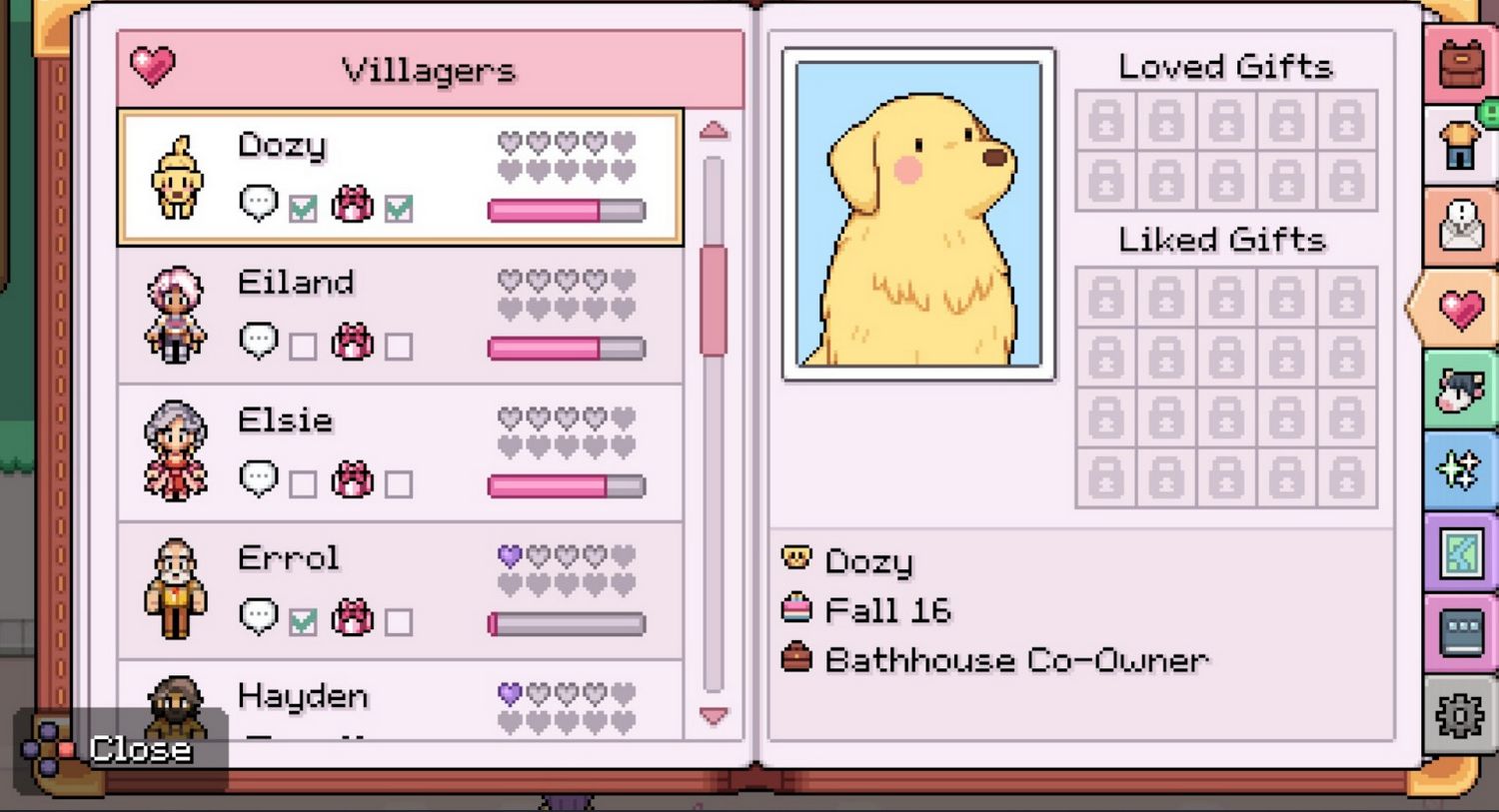 A Unique Charm
A Unique Charm
Ultimately, Fields of Mistria successfully navigates the challenge of being a successor. It honors the foundation laid by games like Stardew Valley—offering that comforting rhythm of planting, watering, and building a life—but it doesn’t stop there. By introducing a rich, fully integrated magic system, dynamic NPC relationships, and a superior visual style, it carves out its own niche. It’s a game for fans of the genre who are looking for a familiar embrace with a fresh and magical twist. Instead of just a copy, Fields of Mistria is a vibrant, creative evolution that feels truly rewarding to settle into.
Have you had a chance to visit Mistria, and if so, what element of the game—the farming, the magic, or the social life—do you find most engaging?



